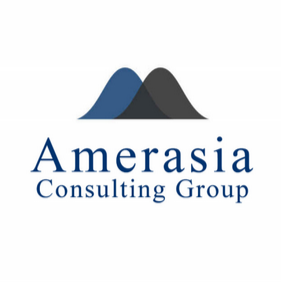How should you begin to construct your candidacy? That is, how would you begin to think about where you stack up relative to an MBA programs themes -- thus showing fit with the school. As we know, the primary place to demonstrate this fit is through a school's essay questions. I have created a simple visualization that demonstrates how you would approach aligning your background with a school's specific essays. In the following graphic, I use "Wharton" as an example. However, the "career goals", "failure" and "significant accomplishment" essays illustrated below are representative of many top MBA programs (in a not necessarily specific to Wharton.)
MBA Program Essay Map
[caption id="attachment_186" align="alignnone" width="600" caption="MBA Program Essay Map"][/caption]
So what are you looking at above?
The schools essays are represented by the colored circles and the numbers one, two and three. for this representative school, essay number one is a career goals essay. If you move from right to left, you will see that this career goals essay should incorporate the following elements -- short and long-term goals, current and past work experiences, your values/norms/beliefs, why MBA/why this program/why now? if you continue to move from right to left, you will see the elements that make up each item. For example, your values/norms/beliefs will incorporate elements of your family, personal and academic histories. Constructing this type of map visualization for each program or essay type will definitely help you think about all the elements that make up a successful candidacy.
Please keep in mind, that the above visualization is merely an example. For example, if you are constructing a career goals essay, some schools do not want you to delve into any sort of personal leaf system or values. They simply want you to state your short and long-term goals. This is why you have to read each essay prompt very carefully. Reference the following career goals example:
Haas asks this --
What are your post-MBA short-term and long-term career goals? How do your professional experiences relate to these goals? How will an MBA from Berkeley help you achieve these specific career goals? (1000 word maximum)
Meanwhile, Wharton asks this --
What are your professional objectives? (300 words)
So what is the deal? The first thing to notice is the difference in word count, along with the relative complexity of each question. Haas wants you to delve into your background, your values/norms/beliefs and how they have taken shape at your workplace, both past and present. They also want you to sell them on your knowledge of the school in this essay. This is a lot of information from one essay. If you stop and think about it, this is why it is a 1000 word essay. I would personally suggest using 500 words of it to describe your goals, 250 words to describe how your professional experiences provide a meaningful and even personal justification for pursuing these goals, and the remaining 250 words to sell Berkeley on how you fit the program. That is, the last 250 words should be dedicated to demonstrating what you bring to the table, using the school's programs and courses as a conduit.
On the other hand, Wharton just wants you to get to the point. This is a simple exercise in stating your long and then short-term goals (or vice versa.) So it makes sense that this type of very direct question prompt would only require 300 words. You do not need to overtly sell Wharton on what you know about the school or how bad you want to go there. Keep in mind that your choice of relevant career goals covertly sells the Wharton admissions committee on whether or not you are a fit (or even have a clue as to what the school can do for you.)
Overall, this type of brainstorming and mapping should be one of the first steps you engage in as an applicant applying to business school. Your map does not have to be as complicated as the above. Maybe you write it on the back of an envelope or maybe you construct PowerPoint, nonetheless it is a very valuable exercise.
If you need help constructing your candidacy and applying to business school – either comprehensively or just stress testing your essays to make sure they hit the mark – email us at mba@amerasiaconsulting.com to set up your complimentary consultation. The arms race for consulting help usually starts in April for Round 1 of the next year, but the best value is probably right now. You can get more distance from the field by doing your homework early and the quality of your preliminary work will make a huge difference when it comes time to hit submit.







